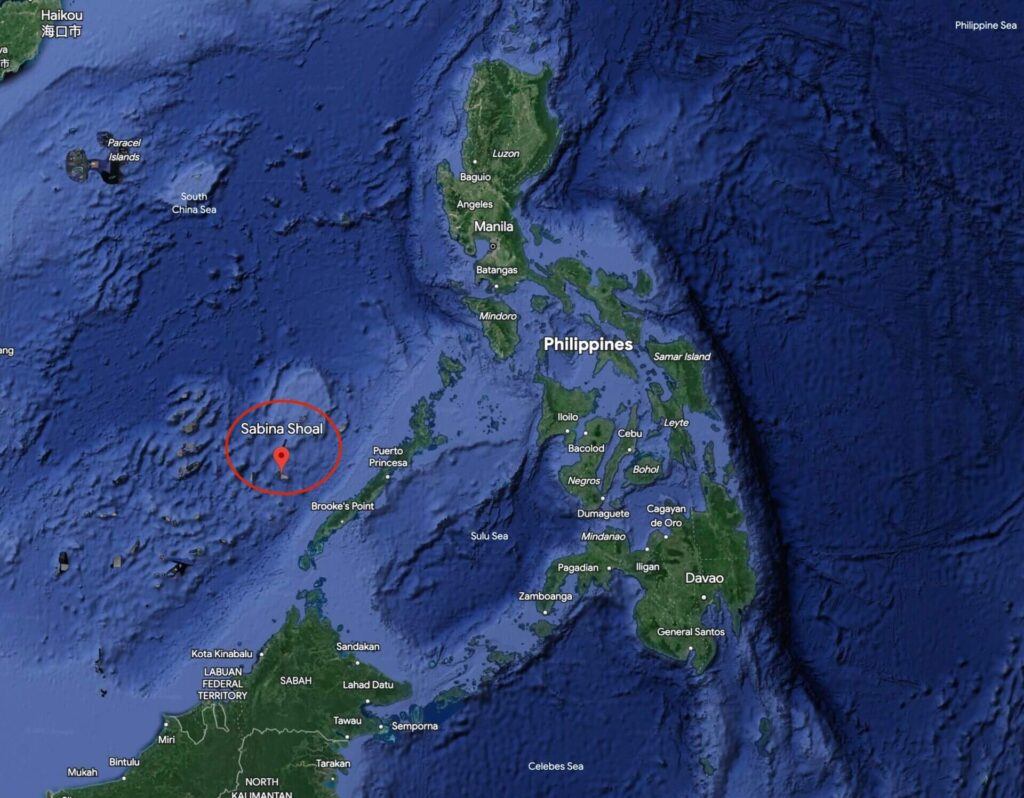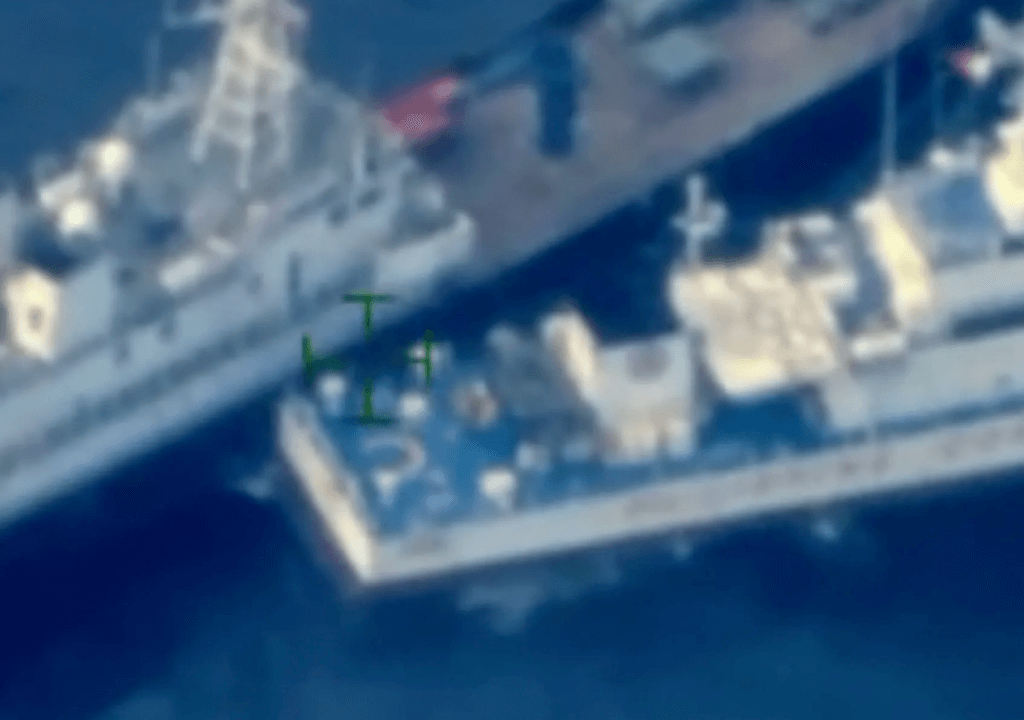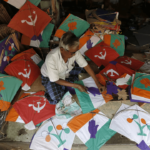China and the Philippines, long at odds over islands and reefs in the South China Sea, found themselves in conflict once again. On Monday, Chinese and Philippine vessels collided during a confrontation near a disputed shoal in the South China Sea, according to statements from both countries. As expected, each side blamed the other for the incident near the Sabina Shoal, which is very close to the Philippines but claimed by all parties with stakes in the Spratly Islands. The Philippines reported that two of its coast guard vessels were damaged by China’s unlawful maneuvers, while Beijing claimed it took control measures after the vessels allegedly entered waters around the shoal illegally. China’s claim to nearly the entire South China Sea, a crucial trade route, continues to fuel tensions, with the dispute further complicated by the region’s strategic importance.

Although both parties are avoiding casualties and showing restraint to prevent a broader conflict, China and the Philippines have repeatedly clashed in the vital waterway in recent months. These confrontations include disputes over a warship that was grounded years ago by Manila on the contested Second Thomas Shoal, where a garrison is stationed – a strategic move by the Philippines. Despite an international tribunal ruling that China’s claims to almost the entire South China Sea have no legal basis, Beijing continues to assert its dominance in the region. The Philippines, however, maintains its claim to the rusted, grounded ship, a move that China strongly opposes and views as a provocative action.\
Both sides avoided taking responsibility for the recent collision. China Coast Guard spokesperson Geng Yu accused a Philippine vessel of deliberately colliding with a Chinese ship early on Monday. He stated that the Philippine coast guard vessels had illegally entered waters near the Xianbin Reef in the Nansha Islands without Chinese government permission, using the Chinese names for the Sabina Shoal and the Spratly Islands. China claims the Sabina Shoal, located 140 km (86 miles) west of the Philippine island of Palawan, and over 1,000 km from China’s nearest major landmass, Hainan Island. Geng added that the China Coast Guard took control measures against the Philippine vessels in accordance with the law. He also accused the Philippine vessels of acting in an unprofessional and dangerous manner, leading to a glancing collision. Geng sternly warned the Philippine side to immediately cease its infringements and provocations.
Meanwhile, Manila’s National Task Force on the West Philippine Sea reported that two of its coast guard ships sustained damage in collisions with Chinese vessels conducting unlawful and aggressive maneuvers near the Sabina Shoal. The confrontation resulted in structural damage to both Philippine Coast Guard vessels, according to Manila.
In recent months, both Manila and Beijing have stationed coast guard vessels around the shoal, with the Philippines concerned that China might build an artificial island there, while China fears the Philippines will deposit additional ships to strengthen its claim. Footage purportedly showing the incident, attributed to the Chinese coast guard and shared by state broadcaster CCTV, depicts a Philippine vessel appearing to collide with the left side of a Chinese ship before moving away. Another 15-second clip seems to show the Chinese vessel making contact with the rear of the Philippine ship. Captions with the footage claimed that the Philippine ship made a sudden change of direction, causing the collision. Additionally, a second Philippine coast guard ship, the BRP Bagacay, was reportedly rammed twice by a Chinese coast guard vessel about 15 minutes later, resulting in minor structural damage, according to Malaya.
The repeated clashes in the South China Sea have raised concerns that Manila’s ally, the United States, could be drawn into the conflict as Beijing escalates its efforts to assert its claims in the region. The Filipino crew involved in the recent incident were unharmed and continued their mission to resupply Philippine-garrisoned islands in the Spratly group, which reduces the likelihood of direct U.S. involvement. However, analysts warn that Beijing’s strategy appears to involve advancing from the Second Thomas Shoal toward the Sabina Shoal, encroaching on Manila’s exclusive economic zone and normalizing Chinese control of the area. This situation is increasingly alarming for the Philippines, and the potential for serious escalation remains high and could eventually involve the United States.








